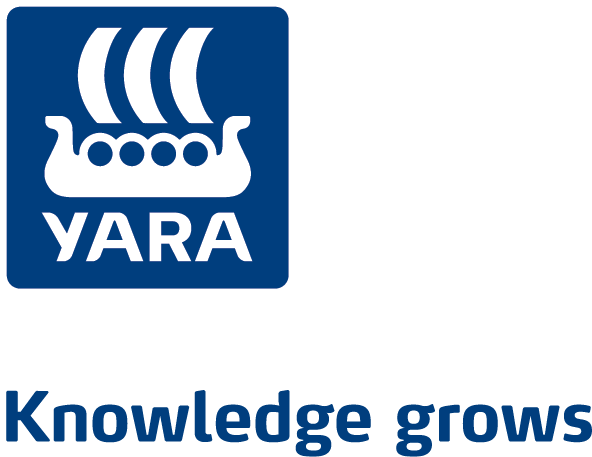Banana types
There are over 1000 types of banana, which are subdivided into 50 groups of varieties.
These are either seedless or seeded and have fruit with a wide range of sizes, shapes and colors. Some plantains, for example, can produce fruit up to 50cm in length.
Commercial varieties were originally bred from the wild banana types Musa acuminata and Musa balbisiana. Variety names are followed by appendices A (acuminata) and/or B (balbisiana) depending on the origin of the original genomes. Most commercial fresh fruit banana types are triploid and solely originate from Musa acuminata. Thus, for example, Gros Michel, Cavendish’s and Williams are all AAA types. Most plantains however, are crosses of Musa acuminata and Musa balbisiana and AAB or ABB types.
Common Cultivars
AAA Group
Banana
Cavendish is an extremely important subgroup, both for exports from the tropics and local trade in the sub-tropics. Clones of this variety are distinguished by the size of the pseudostem. Dwarf Cavendish – 1.2-2.1m high – is grown over a wide area and produces some of the smallest fruit. Giant Cavendish types e.g. Grand Nain, and Robusta type plants are 3-5m high. Other important AAA varieties include:
Gros Michel which used to be the leading export banana with attractive color, long, slender fruit of good flavor. However, because of its susceptibility to Panama Wilt it is being replaced with resistant varieties.
Lady Finger a tall - 6 to 7.5m high – variety with excellent quality fruit which is tolerant of cool conditions.
Valery a Cavendish clone resembling the Robusta.
Williams – a clone of Giant Cavendish - originating in Australia.
AAB and ABB Group
Plantain
Cultivars in this group, with a predominance of M. balbisiana genetic characteristics, are vigorous and drought resistant. Fruits are green and waxy silver, and the most popular varieties are Bluggoe and Pisang Awak and in Latin American countries, Dominico, Hartonand Currare.






















































